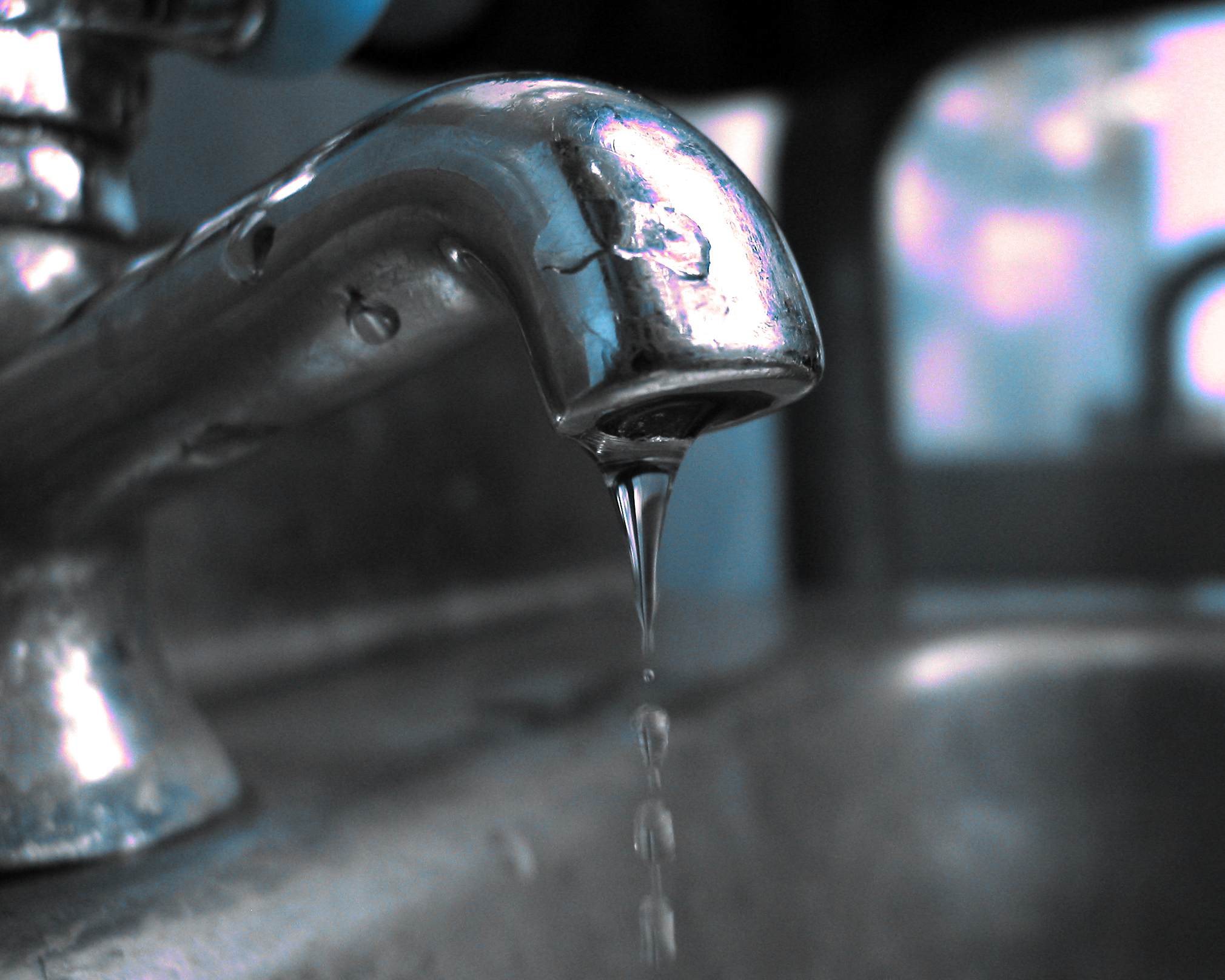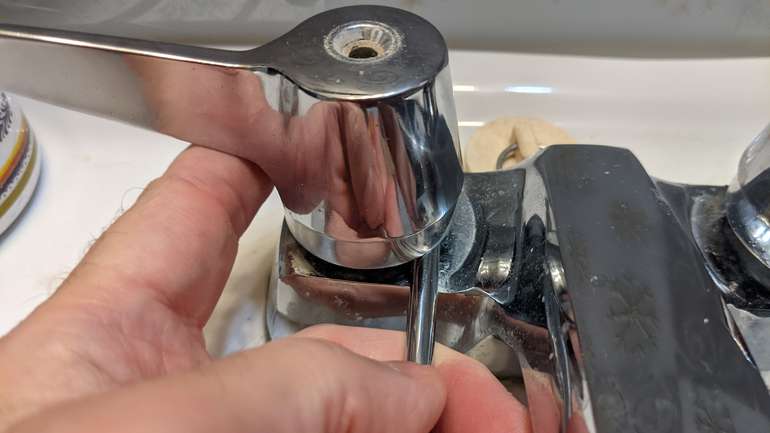When It's Vital to Fix a Faulty Faucet
When It's Vital to Fix a Faulty Faucet
Blog Article
Just about everyone maintains their personal assumption about How to Fix a Dripping or Leaky Faucet .

Dripping faucets might seem like a small trouble, but their impact surpasses just the nuisance of the noise. From wasting water to incurring unnecessary economic prices and health and wellness threats, disregarding a trickling tap can lead to numerous repercussions. In this write-up, we'll explore why it's essential to resolve this common home problem promptly and effectively.
Wastage of Water
Ecological Effect
Dripping taps contribute considerably to water waste. According to the Environmental Protection Agency (EPA), a solitary tap leaking at one drip per secondly can throw away more than 3,000 gallons of water each year. This not only pressures water sources but additionally influences environments and wild animals dependent on them.
Financial Prices
Raised Water Expenses
Beyond the ecological impact, trickling taps can inflate water costs significantly. The gathered wastage gradually converts right into greater utility expenses, which could have been stayed clear of with timely repairs.
Possible Building Damage
Additionally, long term dripping can bring about damage to fixtures and surfaces surrounding the faucet. Water build-up can trigger staining, rust, and also structural concerns if left ignored, resulting in added repair prices.
Wellness Problems
Mold and Mildew Growth
The consistent existence of moisture from a leaking tap develops an optimal environment for mold and mildew and mold development. These fungi not just jeopardize indoor air top quality however also present health threats, especially for people with breathing conditions or allergic reactions.
Waterborne Illness
Stagnant water in trickling faucets can end up being a breeding place for germs and various other microorganisms, enhancing the danger of waterborne illness. Contaminants such as Legionella bacteria prosper in stagnant water, possibly leading to severe illnesses when ingested or inhaled.
DIY vs. Expert Repair service
Pros and Cons of DIY Repair Work
While some may attempt to repair a leaking faucet themselves, DIY repairs come with their own set of challenges. Without correct understanding and devices, DIY attempts can aggravate the problem or result in incomplete fixings, extending the problem.
Advantages of Hiring a Specialist Plumber
Employing a specialist plumber guarantees that the underlying cause of the leaking tap is dealt with properly. Plumbing technicians possess the experience and equipment to identify and fix tap issues effectively, conserving time and decreasing the risk of further damage.
Step-by-Step Guide to Taking Care Of a Dripping Tap
Devices Needed
Prior to trying to deal with a dripping tap, collect the needed devices, consisting of an adjustable wrench, screwdrivers, replacement parts (such as washers or cartridges), and plumber's tape.
Common Faucet Issues and Their Solutions
Recognize the type of faucet and the particular problem creating the drip. Common issues include damaged washers, rusty valve seats, or defective O-rings. Refer to producer instructions or on-line tutorials for step-by-step assistance on repair services.
Safety nets
Regular Upkeep Tips
To avoid dripping taps, do routine upkeep such as cleansing aerators, checking for leaks, and changing worn-out components promptly. In addition, take into consideration setting up water-saving tools or upgrading to extra efficient components.
Significance of Prompt Services
Attending to trickling faucets as quickly as they're seen avoids more water wastage and prospective damages, inevitably saving both water and money in the future.
Influence On Property Worth
Perception of Well-Maintained Residential Or Commercial Property
Maintaining a residential property in good condition, including attending to upkeep issues like trickling taps, boosts its regarded worth and charm among potential buyers or renters.
Impact on Resale Worth
Features with properly maintained plumbing components, including taps, command higher resale worths in the real estate market. Addressing dripping taps can add to a favorable perception during residential or commercial property inspections and arrangements.
Environmental Duty
Specific Contribution to Preservation
Taking responsibility for taking care of dripping faucets lines up with more comprehensive efforts toward water preservation and environmental sustainability. Every individual's activities collectively make a substantial impact on protecting priceless resources.
Lasting Living Practices
By focusing on timely repairs and embracing water-saving behaviors, individuals add to sustainable living techniques that benefit both existing and future generations.
Final thought
Dealing with a dripping tap surpasses mere convenience; it's a necessary step toward preserving water, lowering monetary costs, and guarding health and wellness and residential property. Whether with DIY fixings or expert assistance, acting to fix leaking faucets is a little yet impactful way to promote liable stewardship of resources and contribute to a much healthier, extra sustainable future.
How to Fix a Dripping or Leaky Faucet
A leaking faucet is one of the most common problems that homeowners encounter, but it being commonplace doesn’t make it any less annoying. The constant drip drip drip of a leaking bathtub faucet, showerhead, or sink tap can disturb your home’s serenity. Left neglected, a dripping faucet can also result in higher water bills and discoloration or mold growth in your sink or plumbing fixtures.
Fortunately, you don’t have to be a trained plumber to know how to stop a dripping faucet. With some basic tools, replacement parts, and a little patience, leaky faucet repair is a breeze. In this article, we’ll explain what causes dripping faucets and how you can fix them.
What Causes a Leaking Faucet?
Kitchen and bathroom faucets come in all manner of designs, but most involve some combination of valves, O-rings, seals, and washers. The O-ring is usually the weakest link, but any one of these pieces can wear down over time. Heat, moisture, temperature fluctuations, minerals, mold, and movement can contribute to warping and corrosion, breaking the watertight seal. This just comes with the territory of being a homeowner. Everything is always subject to wear and tear, and some component parts of your appliances and fixtures need to be replaced on occasion. At least replacement O-rings are cheap!
More rarely, dripping faucets can be a symptom of excessively high water pressure. Were this the case in your home, you would probably notice that the leak is not isolated to one faucet. Water pressure issues are harder to resolve on your own. We recommend contacting a professional plumber if you suspect your water pressure is too high.
How to Fix a Dripping Faucet
Pipe wrench or monkey wrench Allen wrench set Screwdrivers Old towel or rag Shut off the water.
Before you do anything, you need to turn off the water to keep from drenching your kitchen or bathroom. You should find a valve under the sink and against the wall. Once you’ve turned this valve, try turning the faucet on to confirm that the water source has been cut off.
If you can’t locate your local valve for the faucet you’re working on, you can always shut off the water to the house at the main valve. Of course, this will prohibit anyone from using the sinks, showers, or toilets while you’re working on the faucet that’s giving you trouble.
Plug or block the drain.
You’ll be disassembling the faucet and removing some small bits of hardware. Plug the drain with a stopper or rag to avoid the possibility of a small screw falling into your P-trap.
Take apart the faucet assembly.
There are several varieties of kitchen and bathroom faucets, each with its own manner of assembly. For detailed instructions on how to disassemble your faucet, you can refer to the fixture’s manual or contact the manufacturer. If you know whether you have a ball, disc, cartridge, or compression faucet, you can find detailed schematics online.
In general, you need to begin by removing the faucet handles. You might notice a small screw that you’ll need to remove with a screwdriver or Allen wrench. If you don’t see any visible securing hardware, it’s likely hidden under a decorative cap that can be unscrewed or popped off with flathead screwdriver.
Remove each piece methodically, consulting a schematic when necessary. Take notes or arrange the pieces in such a way to make it easier to correctly reassemble the faucet later.
Remove the cartridge.
Once you’ve removed the handles and securing hardware, you should be able to remove the valve cartridge or stem. Some cartridges will slide right out. Other faucet models will require you to loosen a nut with a pipe wrench before you can remove the valve stem.
Examine the exposed hardware.
With the cartridge or stem removed, inspect the component parts. Check the rubber O-rings for wear and tear. Also examine the seat washer for corrosion or other damage. These pieces are usually the responsible parties for a dripping faucet, but it’s worth inspecting the other component parts while you have the faucet disassembled.
Find replacement parts.
Once you’ve identified which faucet component has failed, find an identical replacement. Your local hardware store should have O-rings, seat washers, and other standard components in stock. If you have a luxury or uncommon faucet, you may have to contact the manufacturer for a replacement part.
It’s a good idea to take your old parts with you to the hardware store so you can compare them with the store’s inventory and be sure you’re purchasing the correct replacement.
Reassemble the faucet.
With your new parts in hand, reconstruct the faucet and handles. Don’t be tempted to overtighten screws or nuts. You might think this could create a better seal, but it can instead damage or bend a delicate part of the assembly and create a new problem for you.
Turn on the water and test the faucet.
The only thing left to do is test your work. Unplug the sink, turn the water back on, and try the faucet. Congratulate yourself on a job well done!
https://www.libertyhomeguard.com/how-to-fix-a-dripping-or-leaky-faucet/

Do you appreciate more info about ? Put a remark down the page. We will be glad to know your opinions about this review. Hoping to see you back again later on. Be sure to take the time to promote this content if you enjoyed reading it. Thanks a lot for being here. Return soon.
Report this page